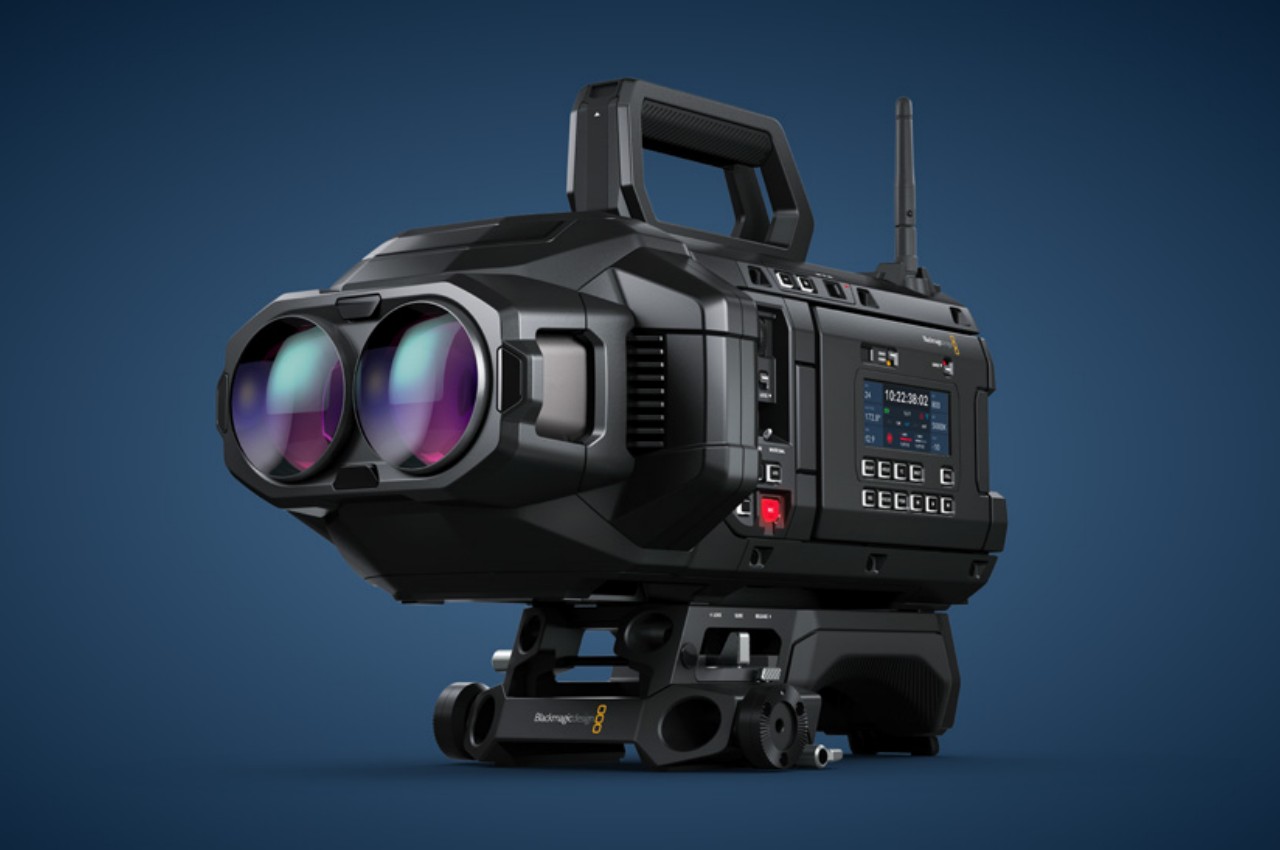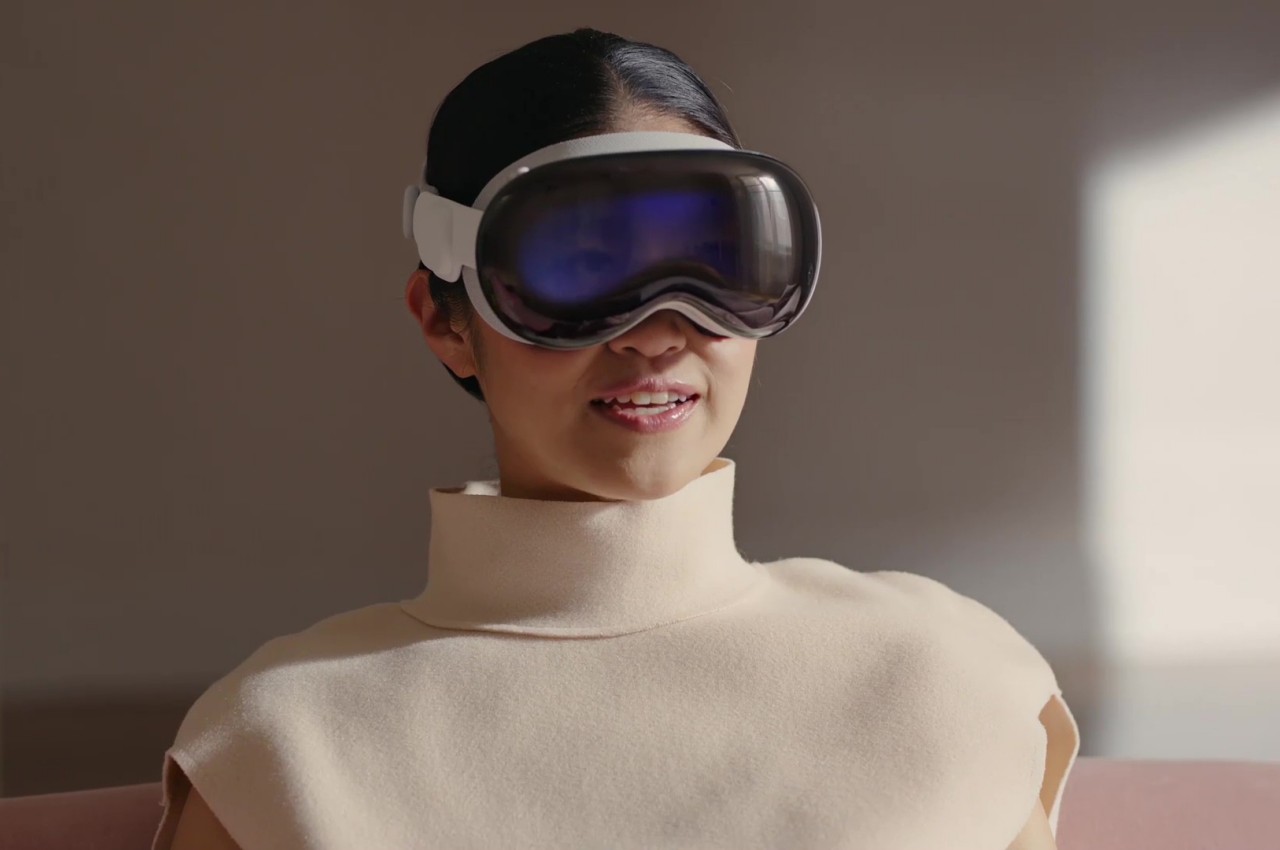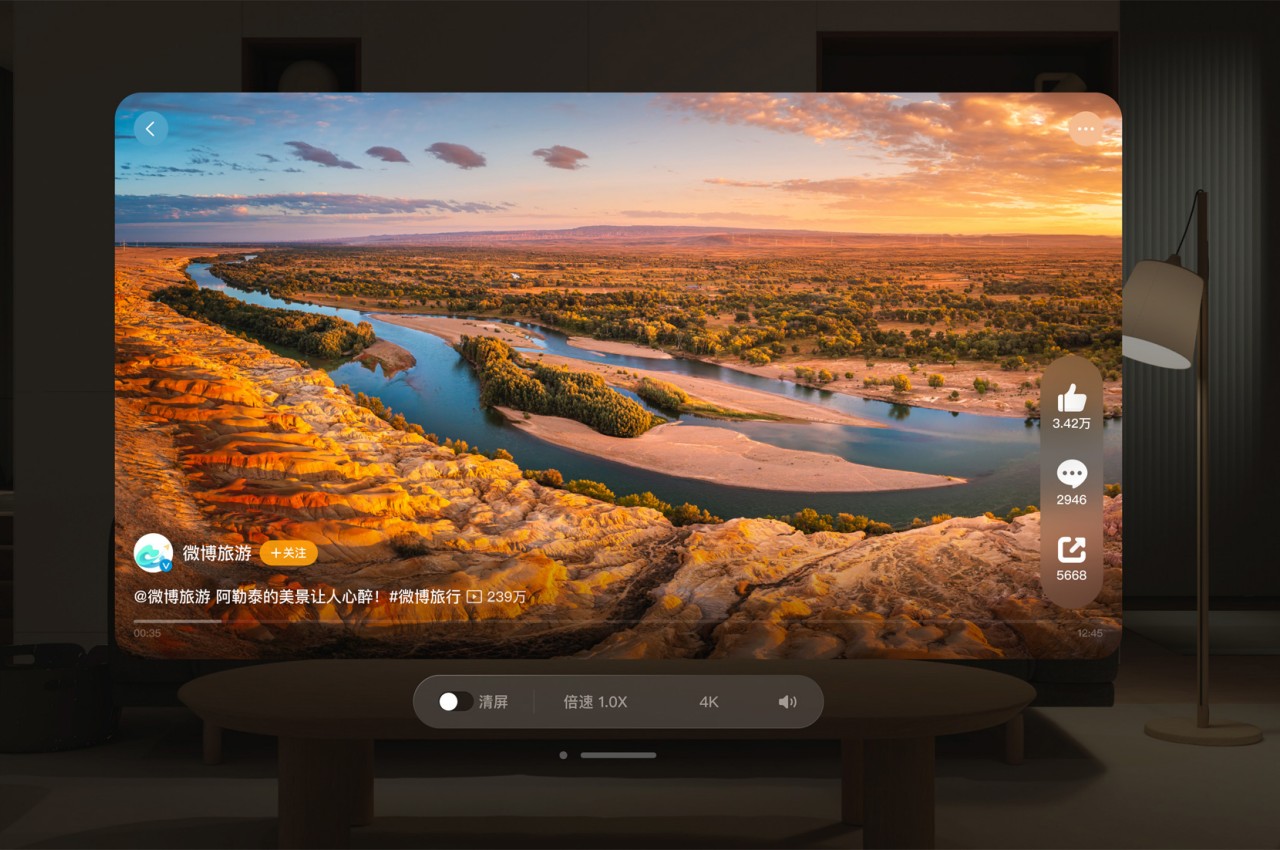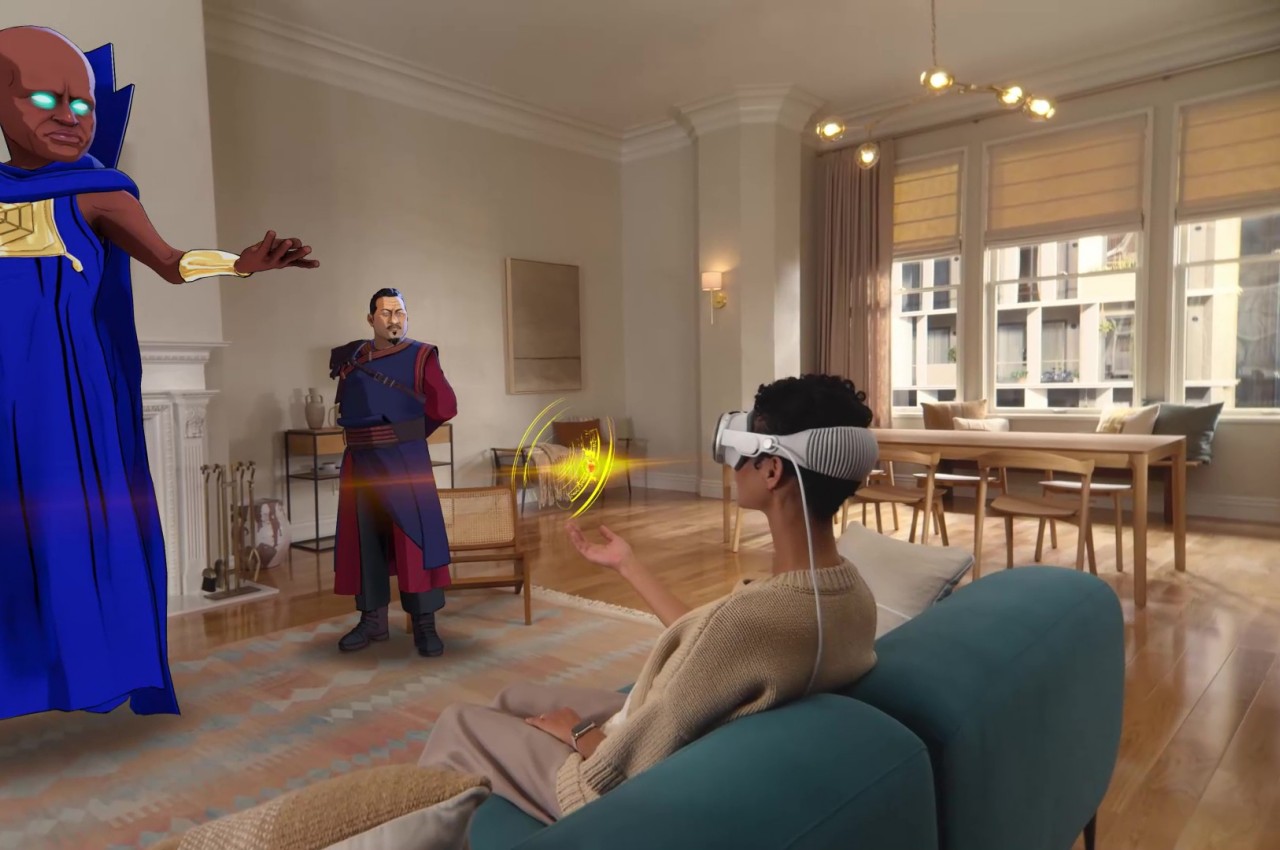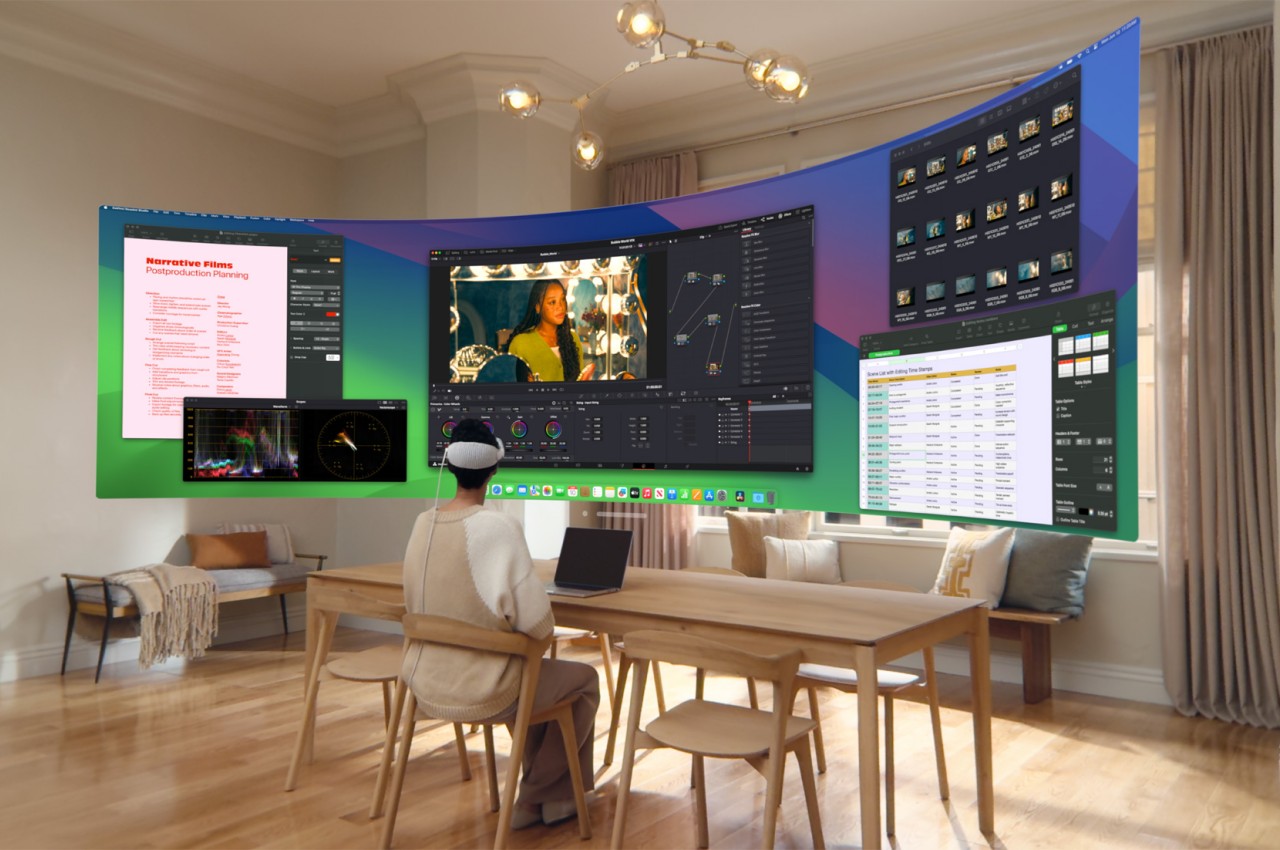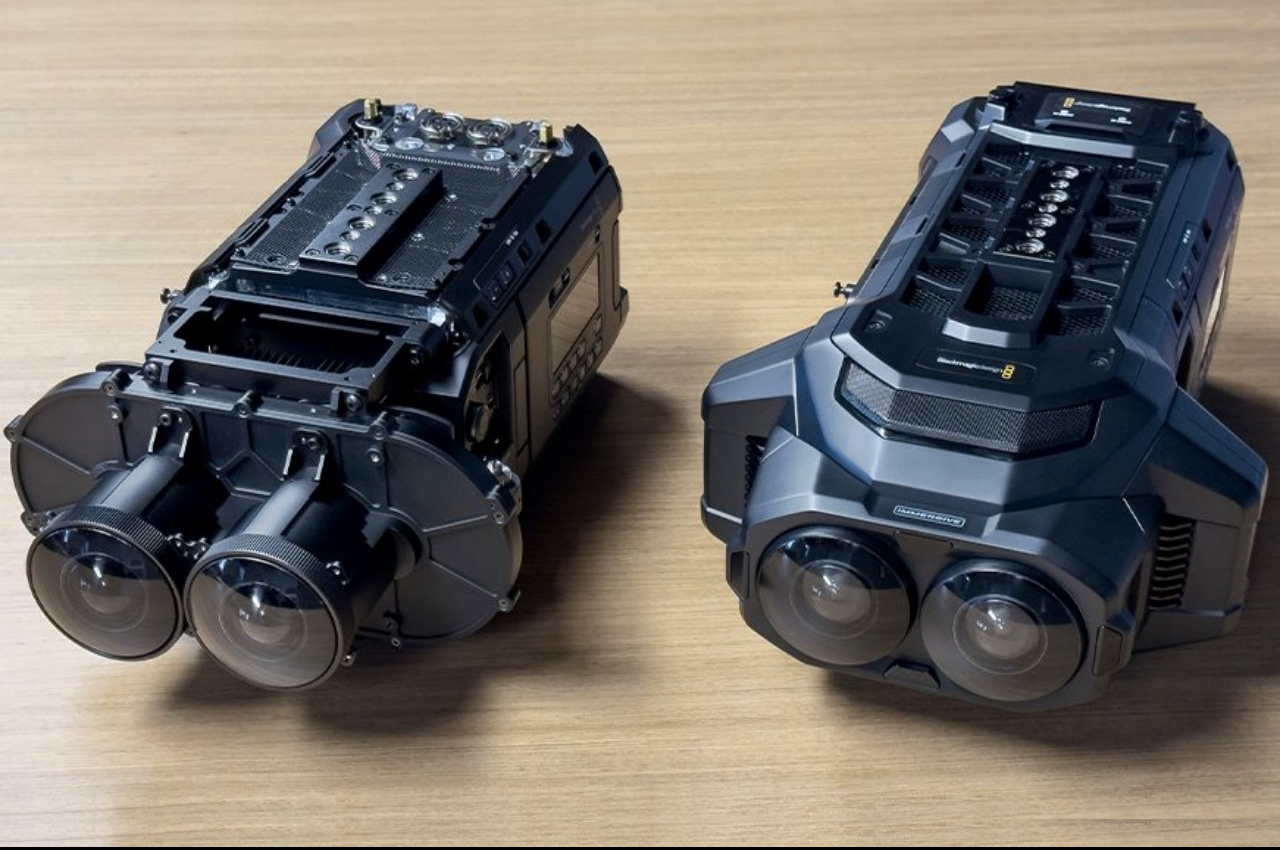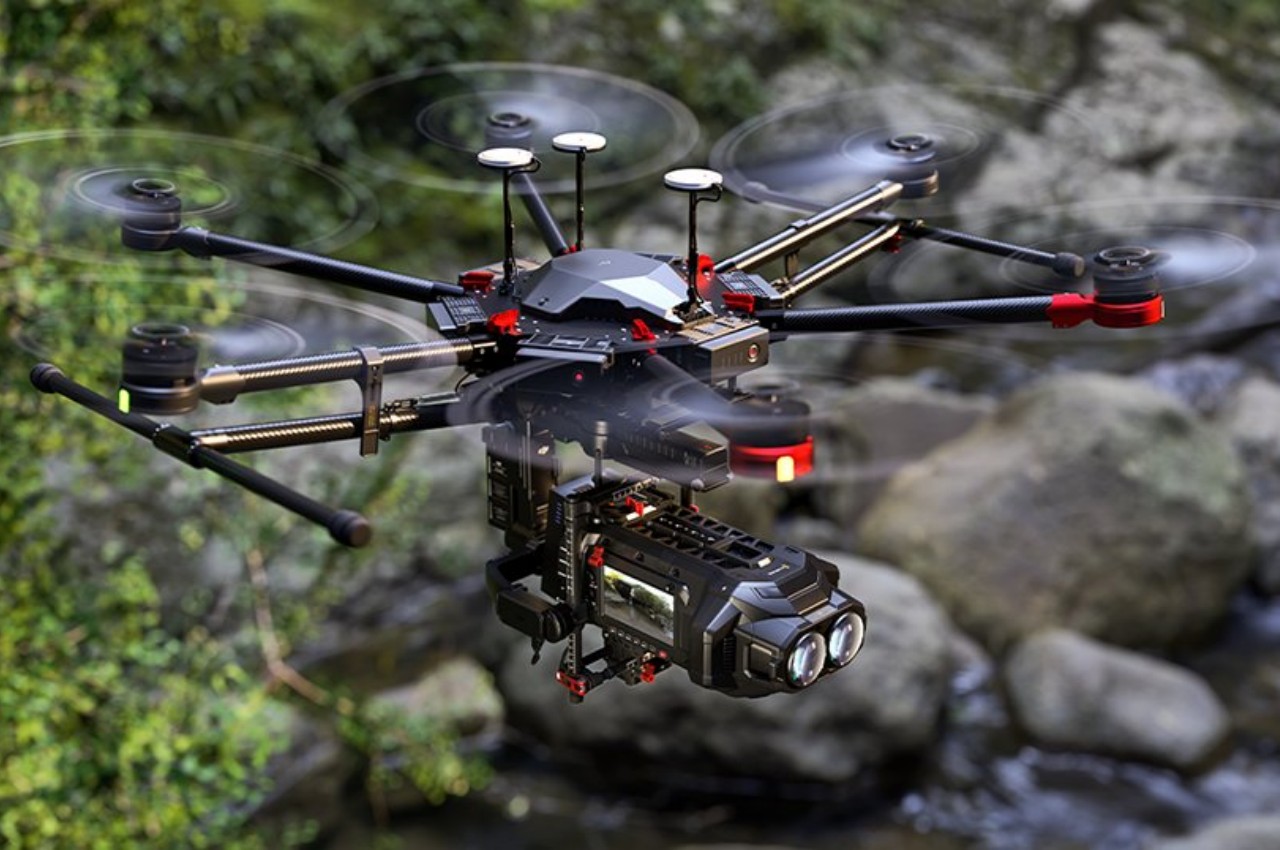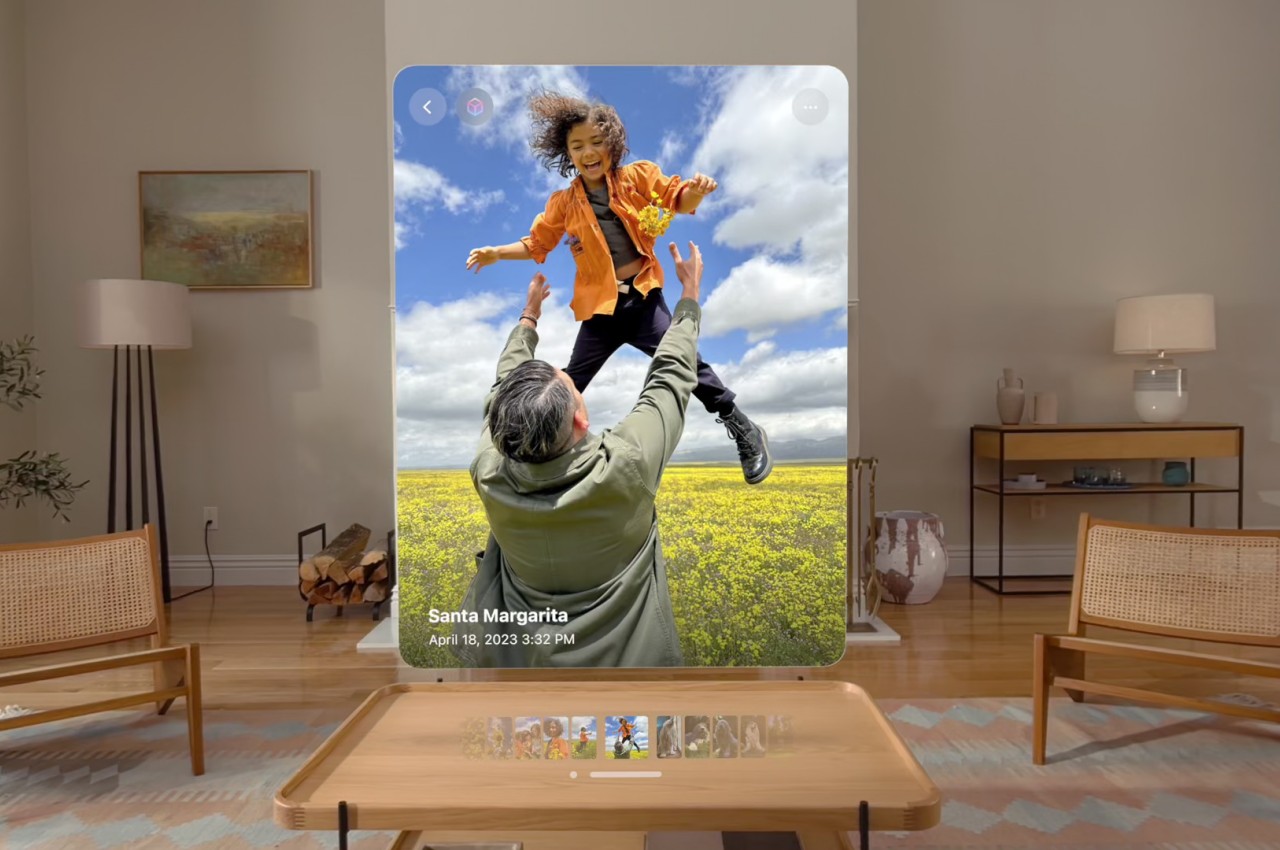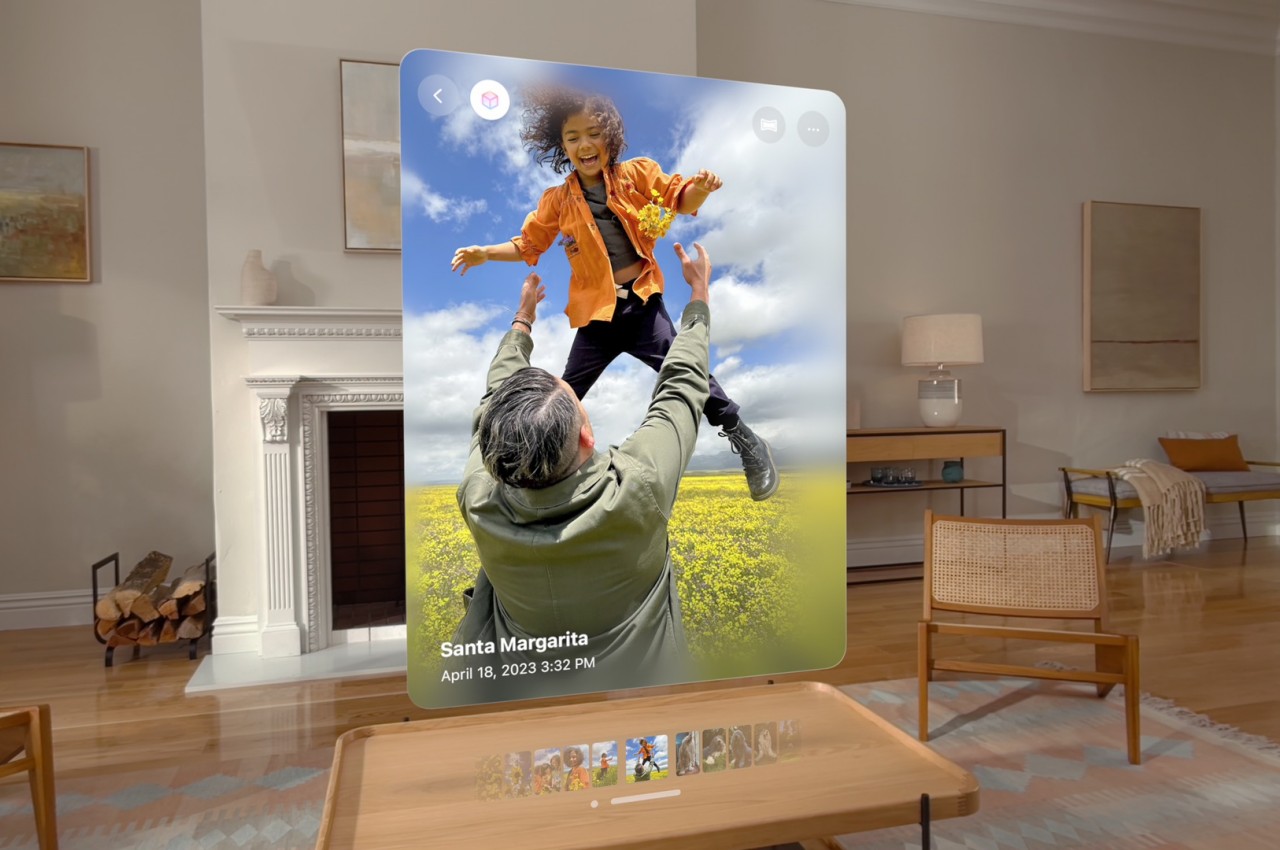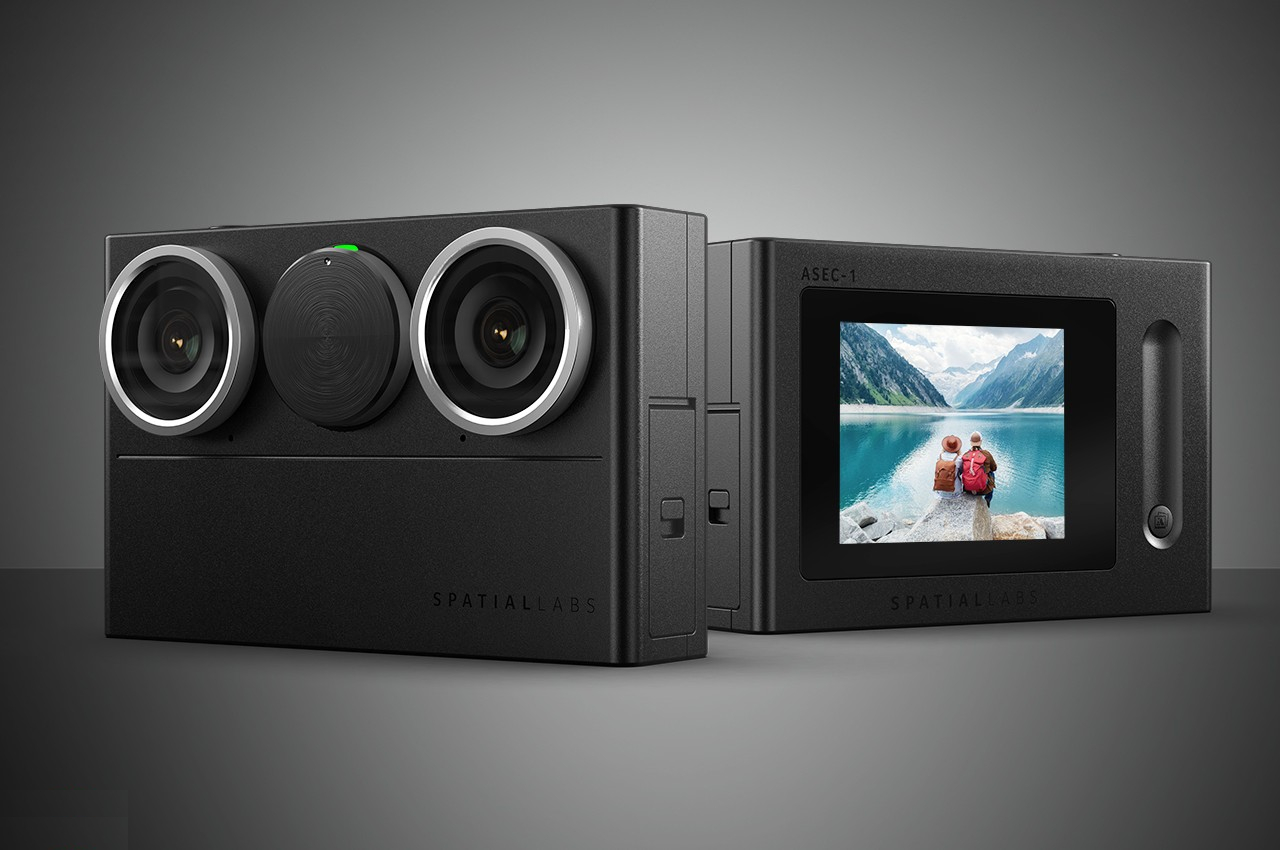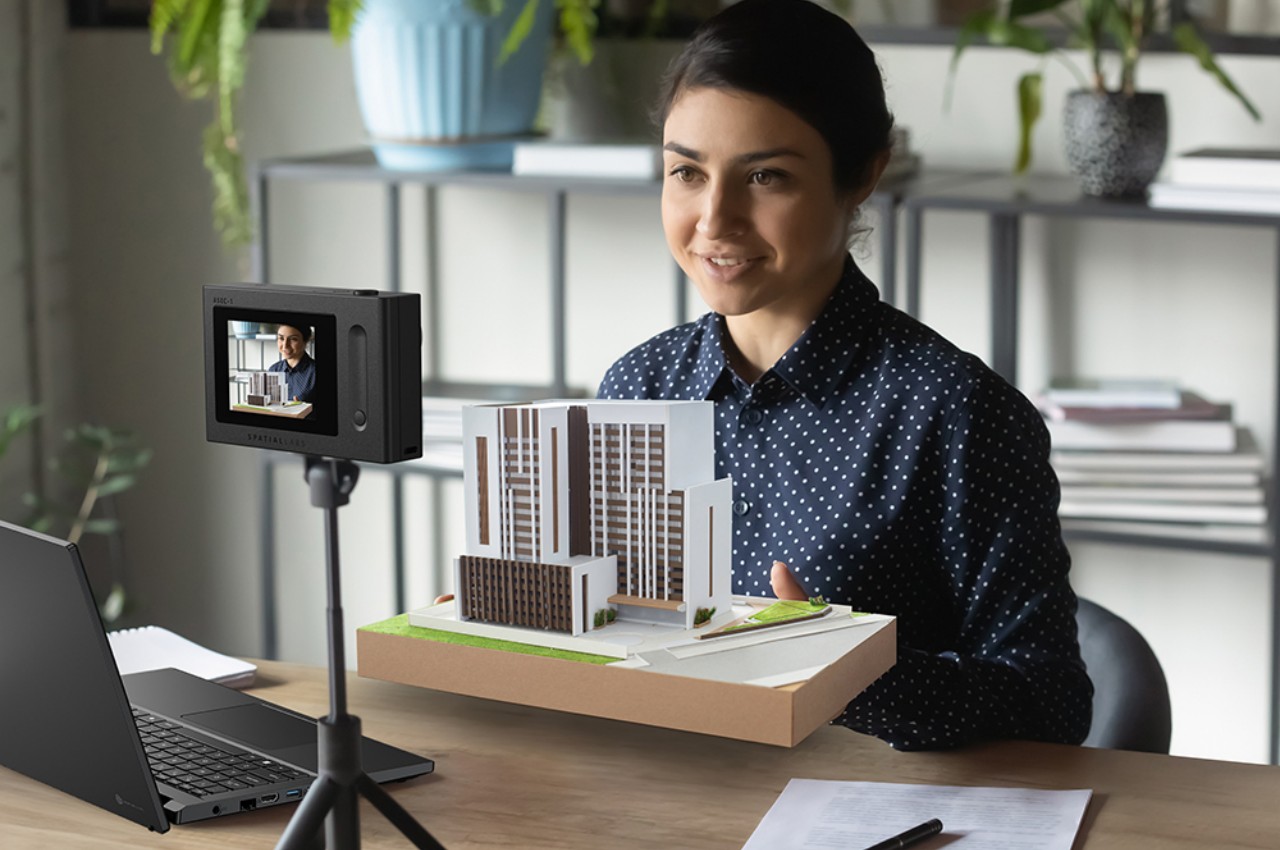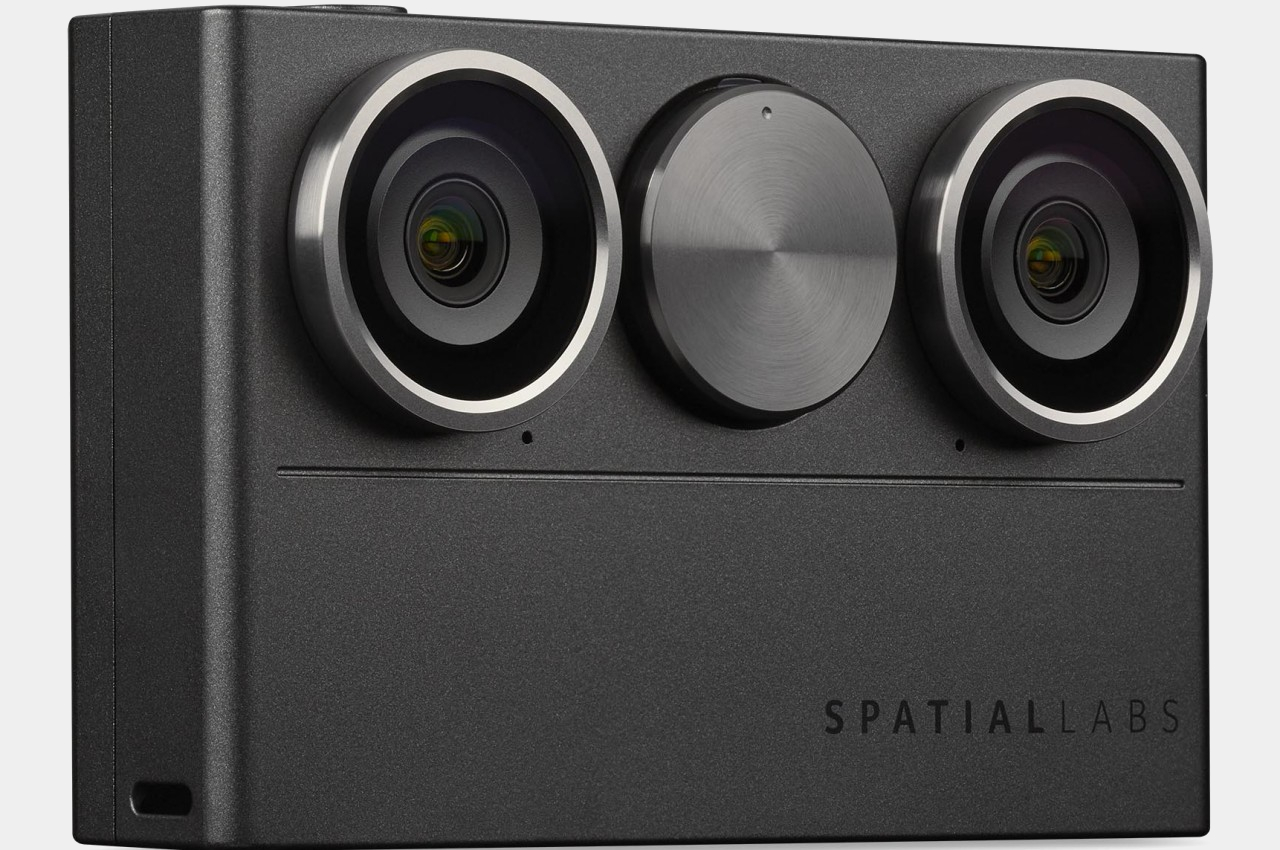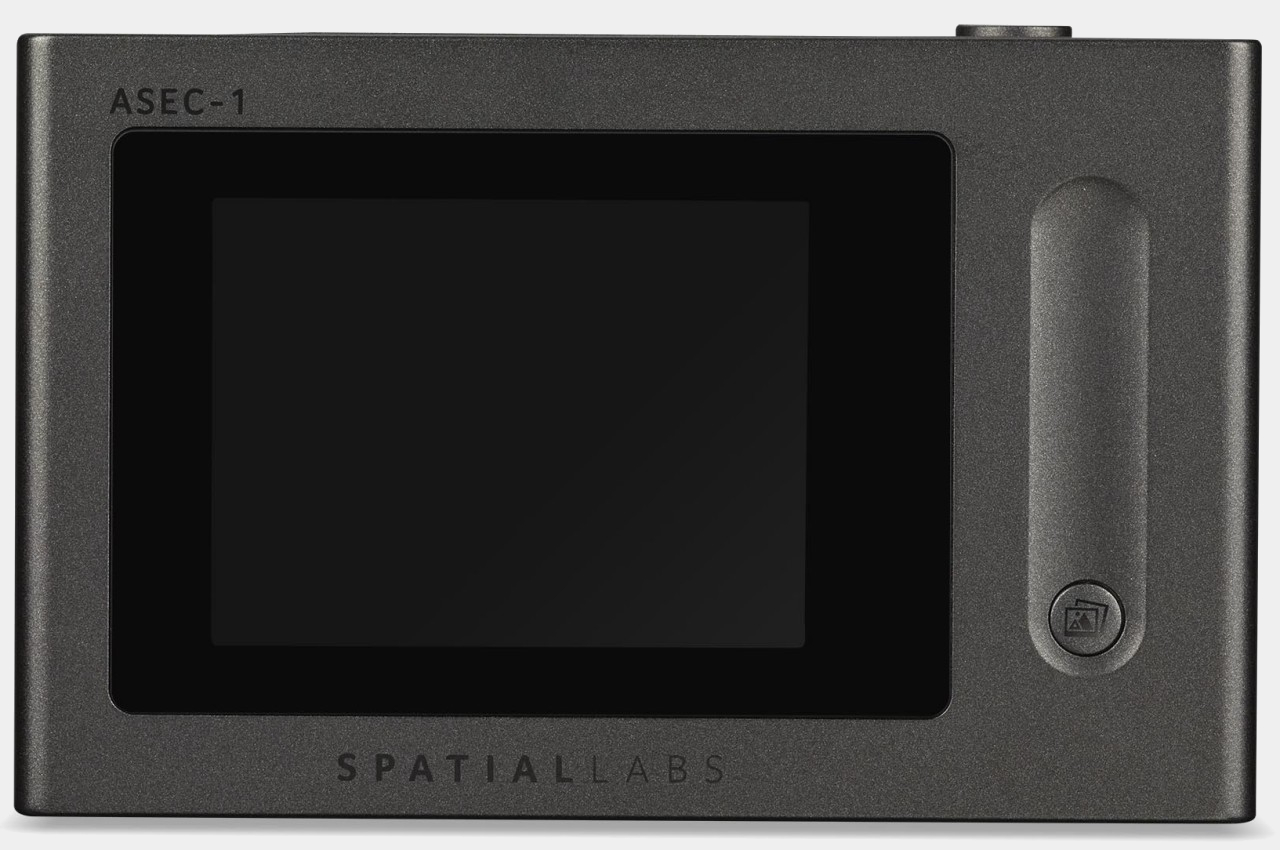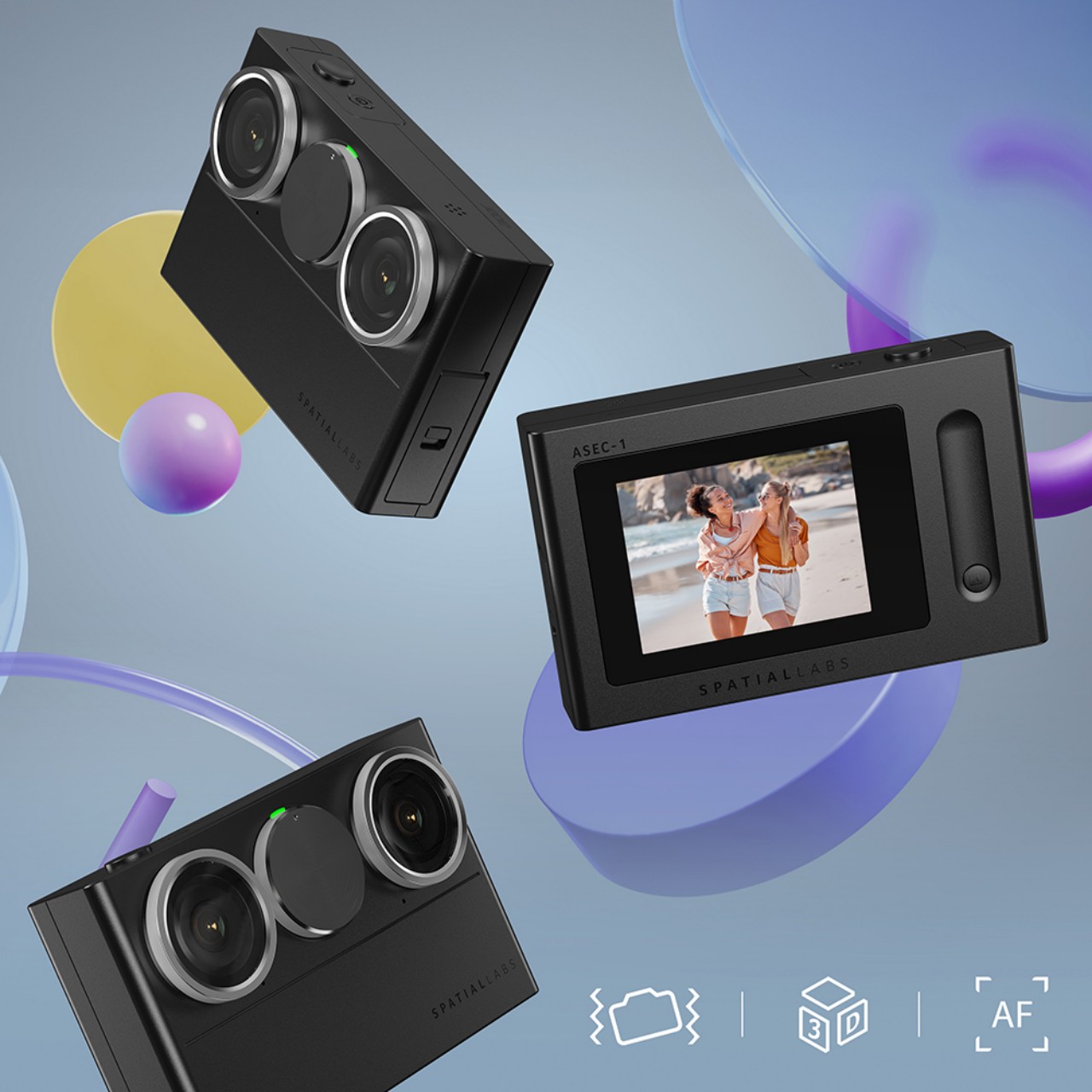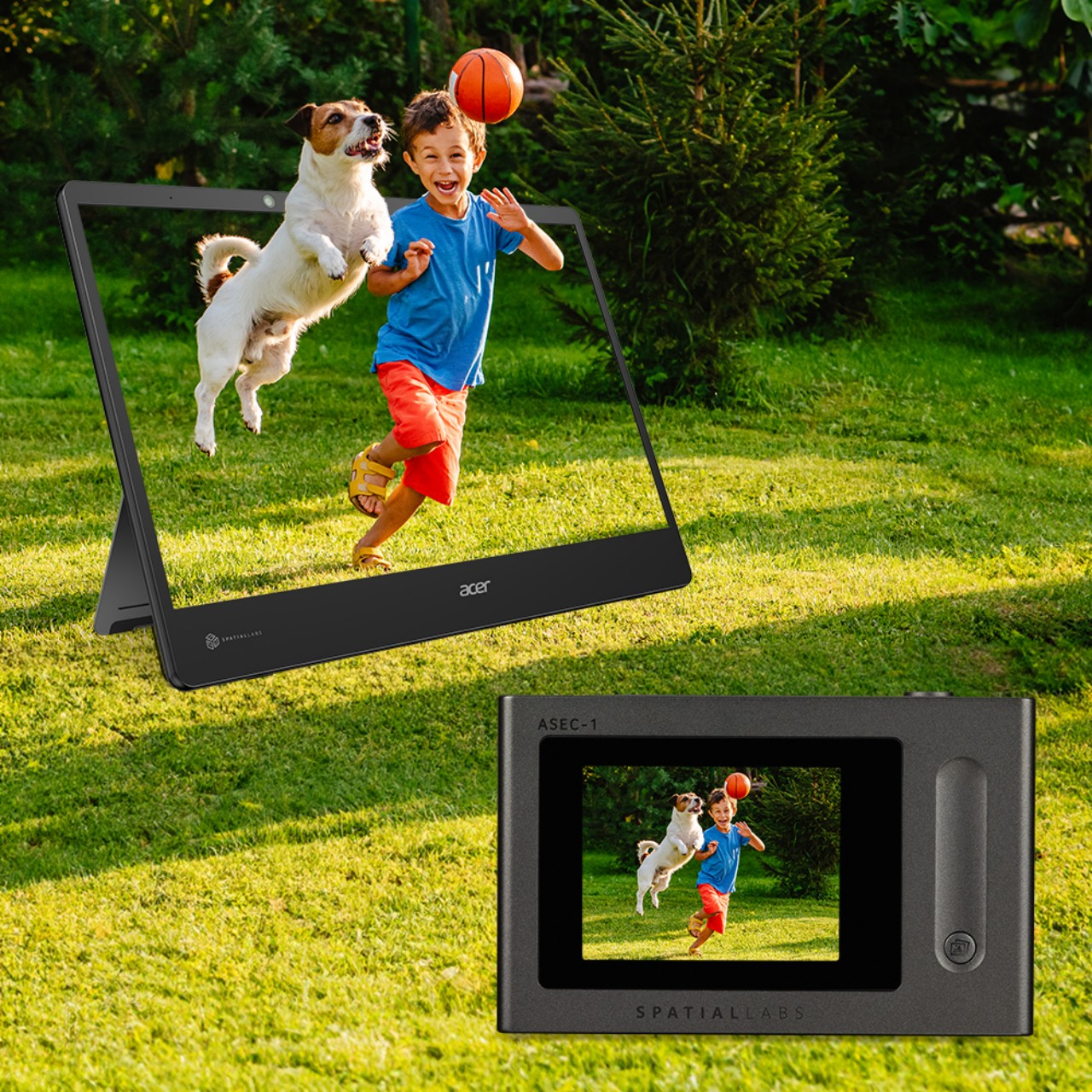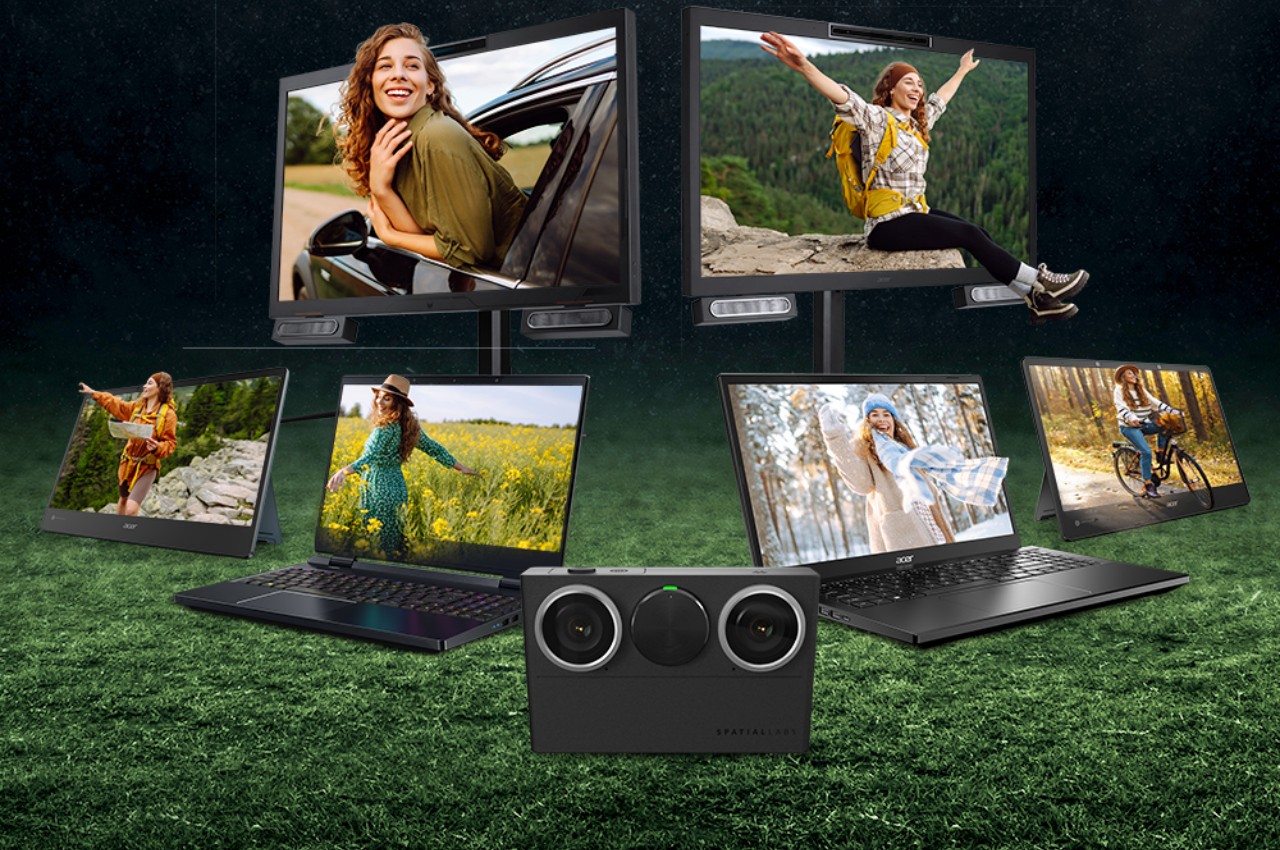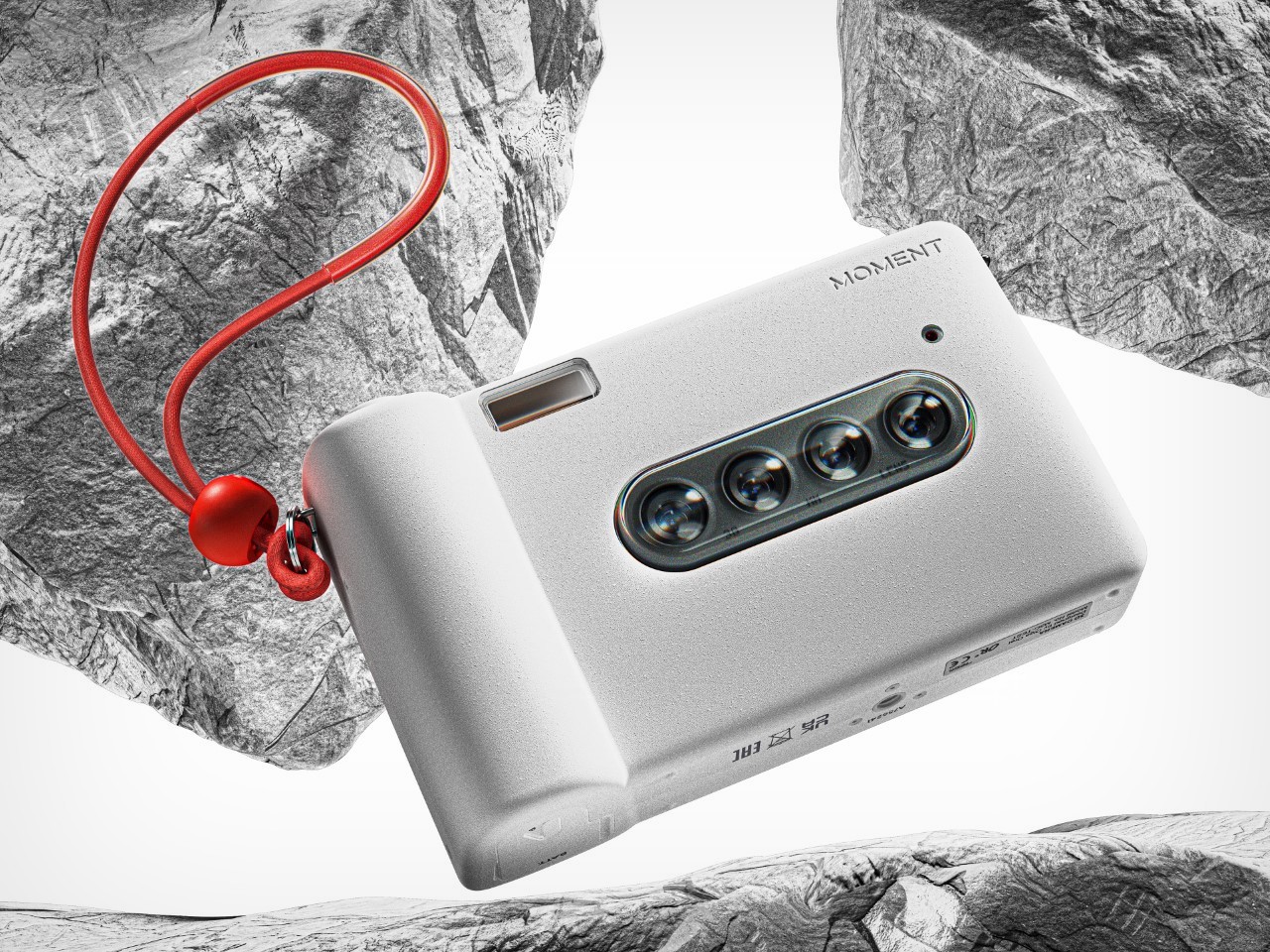Mixed reality platforms try to seamlessly blend physical and digital objects, but our current technologies have their limits. You can, for example, view a regular photo or video in this virtual world, but it’d be like seeing a TV float in front of you. Such content doesn’t fully convey the power and the possibilities offered by these technologies, for which you’ll require specialized tools that are often well beyond the reach of even the majority of professional content creators. Fortunately, the industry landscape is changing, and more accessible tools are becoming available, like this pair of Canon lenses recording at creating stereoscopic 3D photos and videos that don’t require you to buy a new camera, provided you already have a compatible Canon model.
Designer: Canon
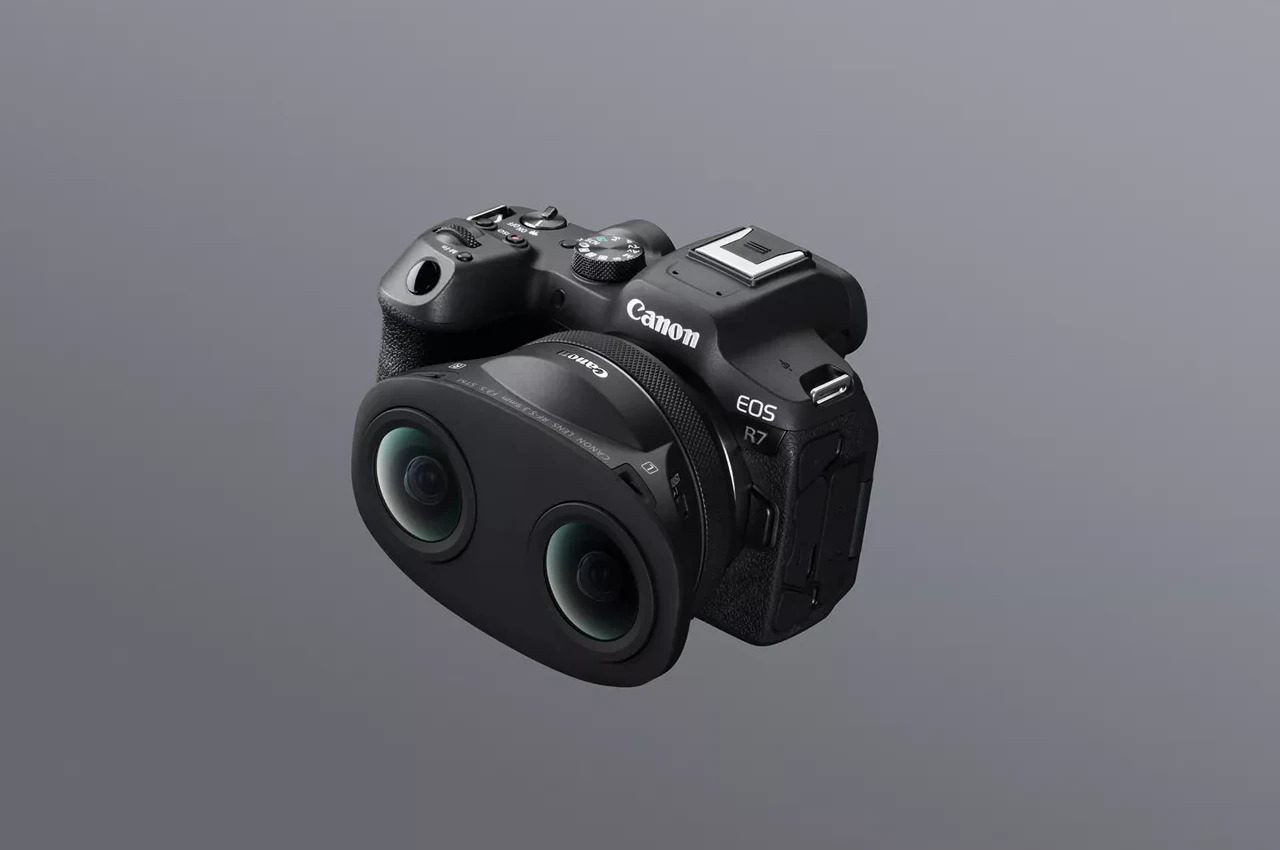
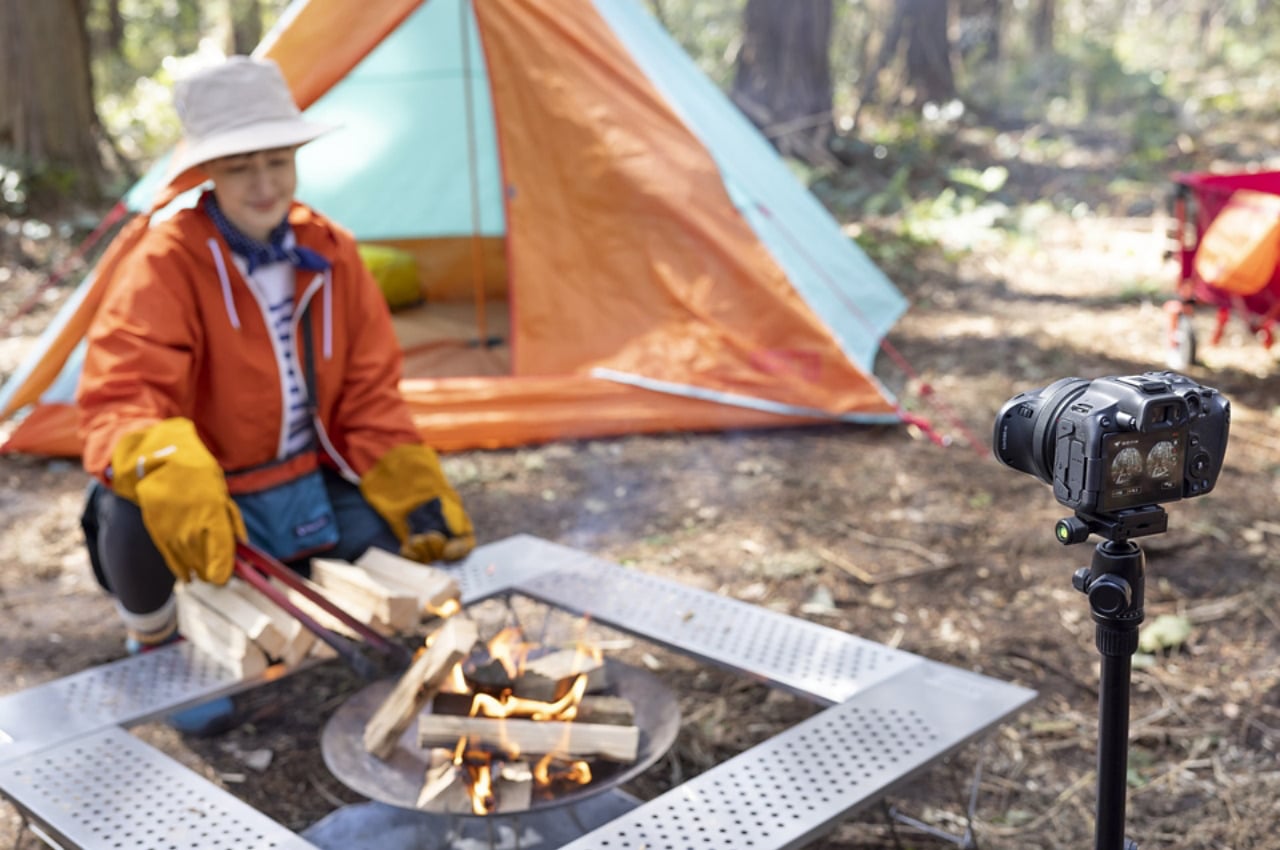
To create a stereoscopic 3D video effect that doesn’t look fake, you’ll naturally need either multiple cameras working in sync or one that records in 3D from the get-go. Since there isn’t a huge demand for the latter, 3D or spatial cameras are rare and expensive. More importantly, they require you to set aside your existing cameras and settle for something unfamiliar and potentially less capable than your pro DSLR or mirrorless camera.
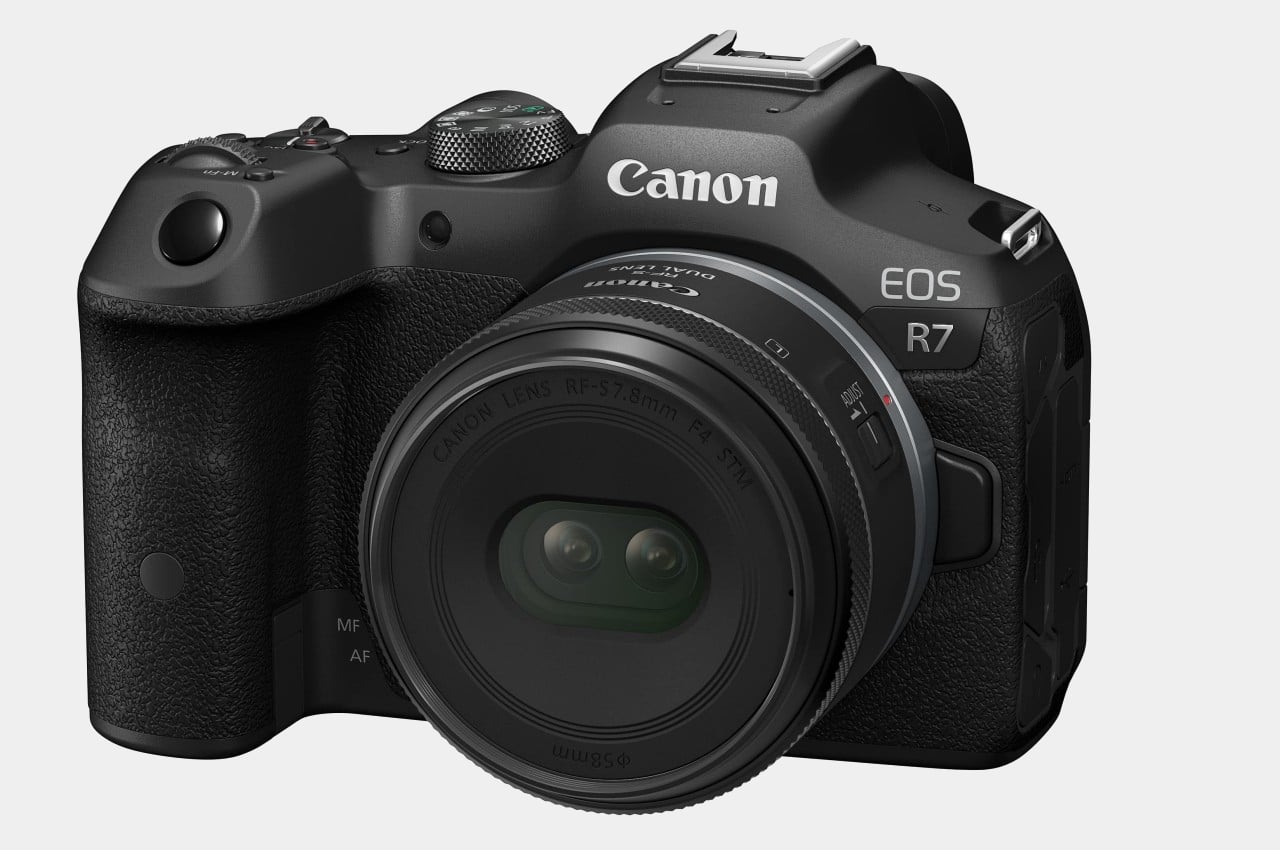
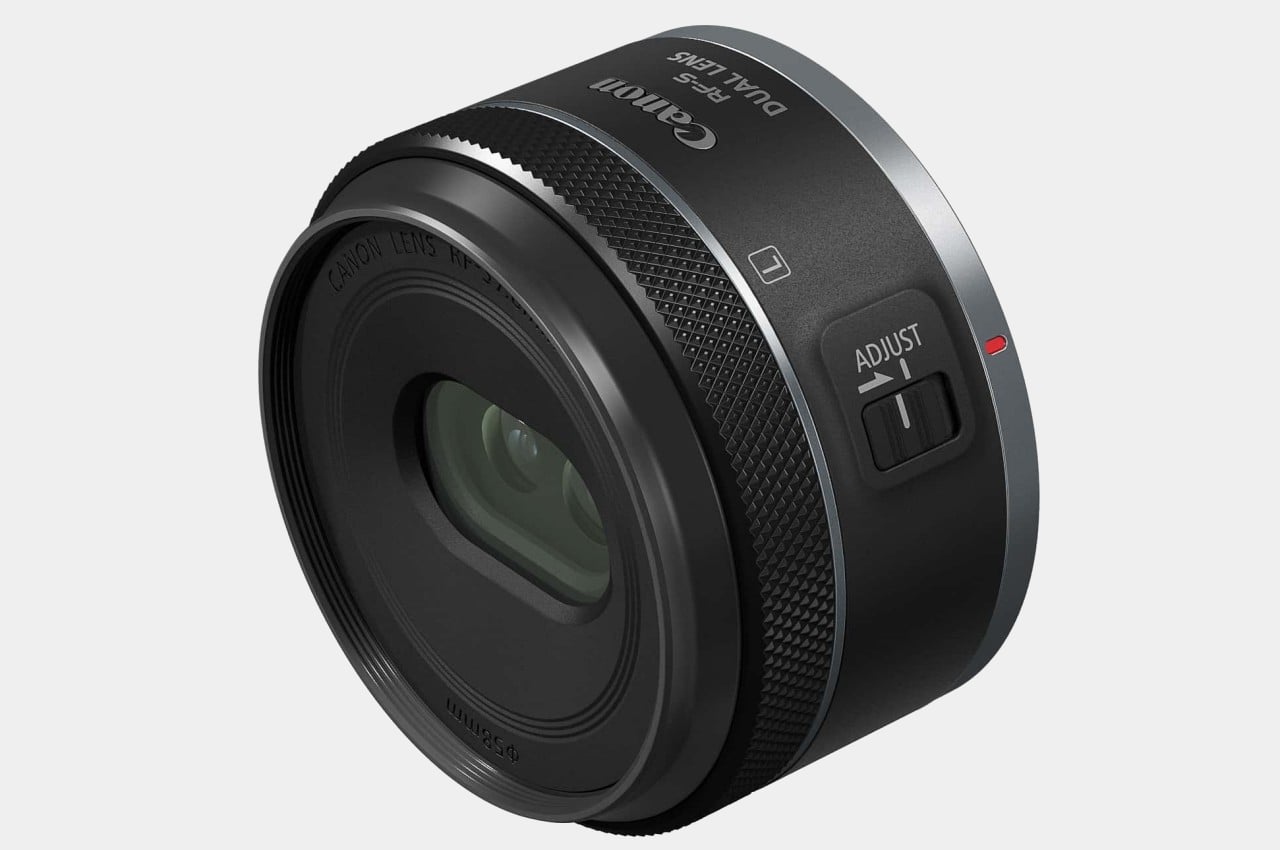
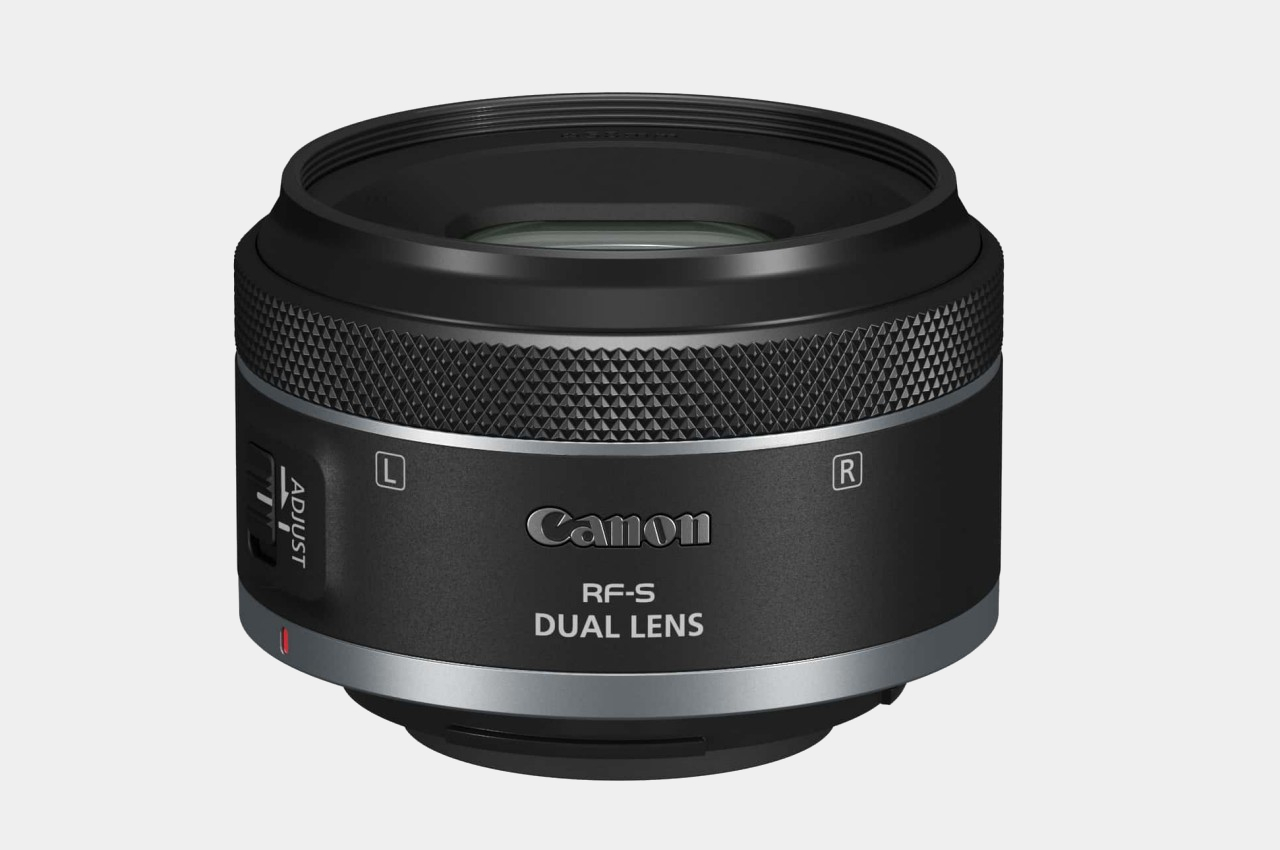
Canon’s solution is to actually equip its interchangeable lens cameras with optics designed to take photos or record videos directly in stereoscopic 3D or spatial video. This does mean using two lenses, which is what the upcoming RF-S7.8mm F4 STM DUAL lens will bring to the table. Details are still slim on this particular lens, other than it’s designed with the Apple Vision Pro in mind, particularly its new Immersive Video capability. Best of all, this lens is compatible with existing cameras, though only the Canon EOS R7 has been named so far.
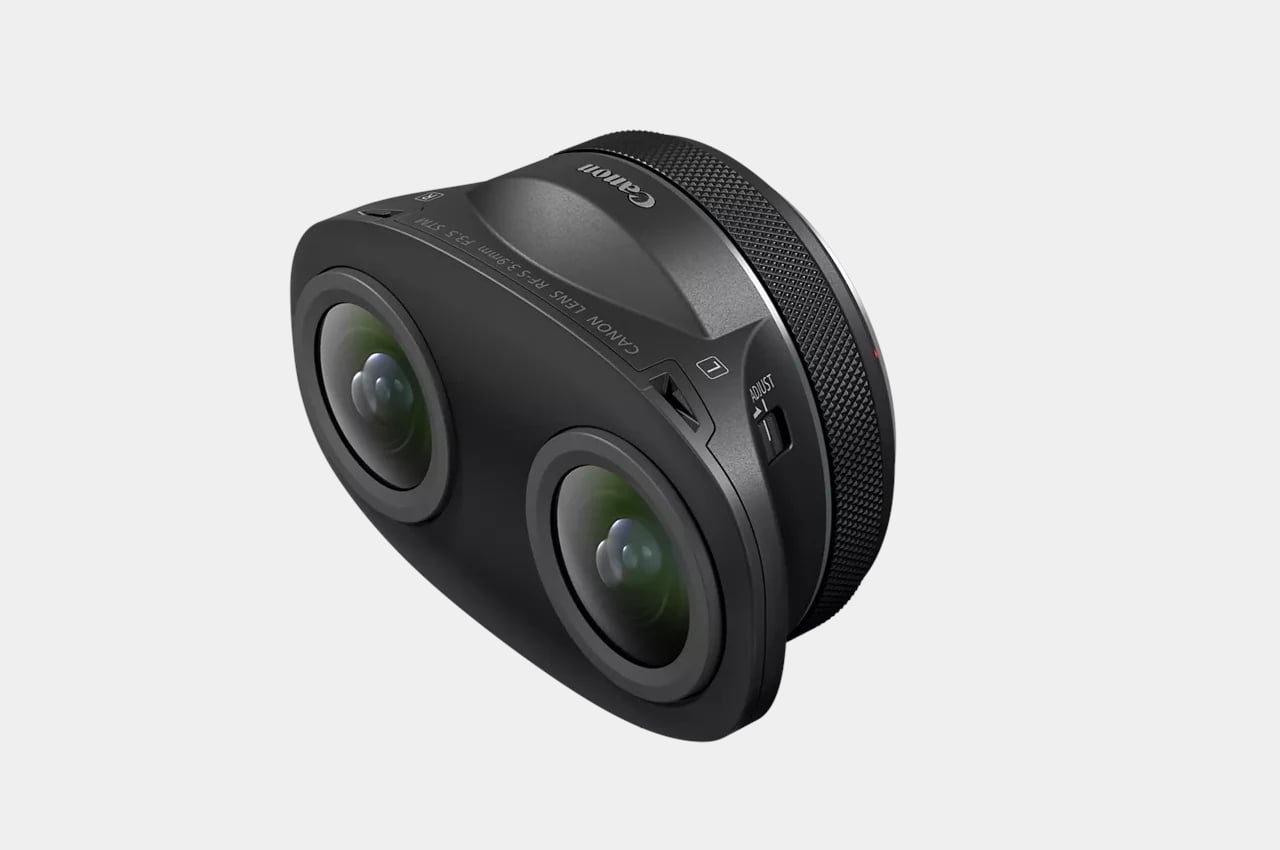
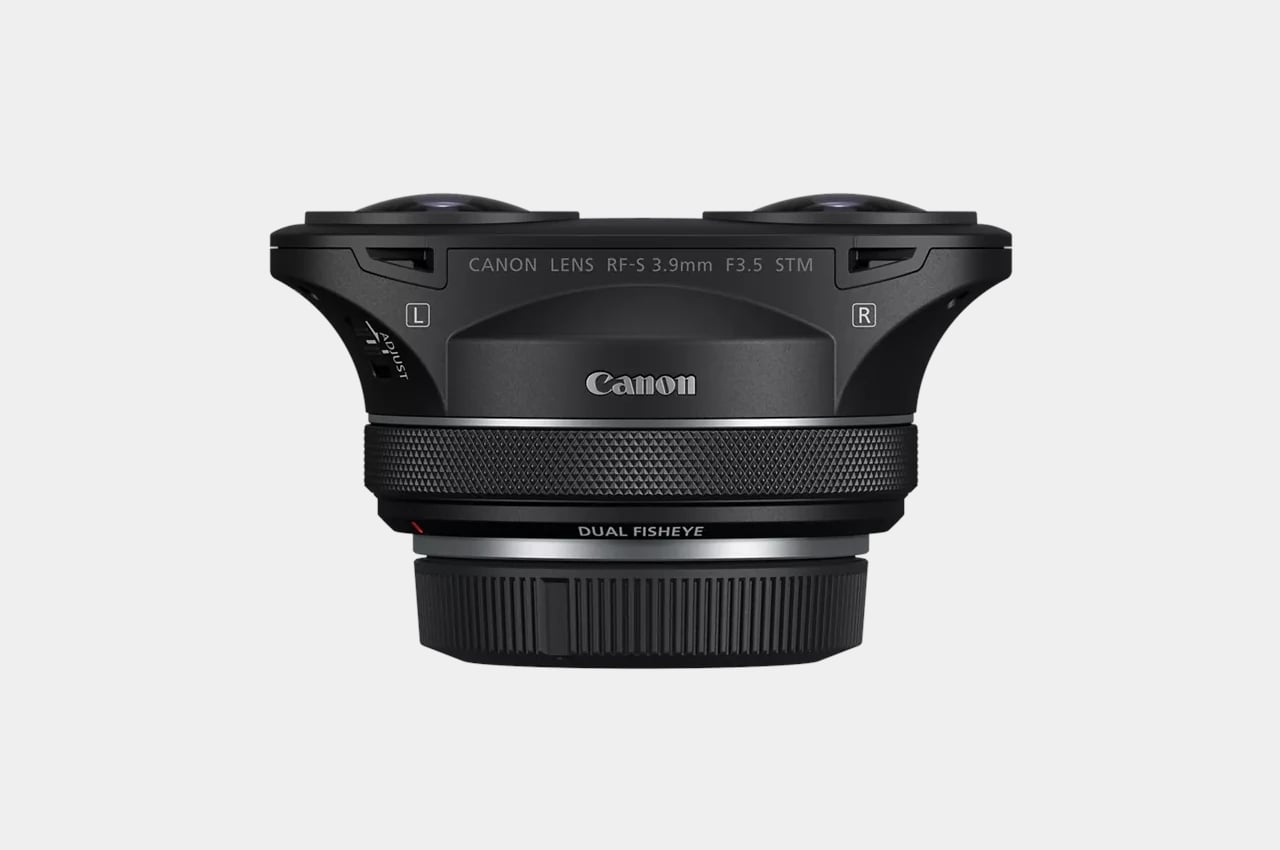
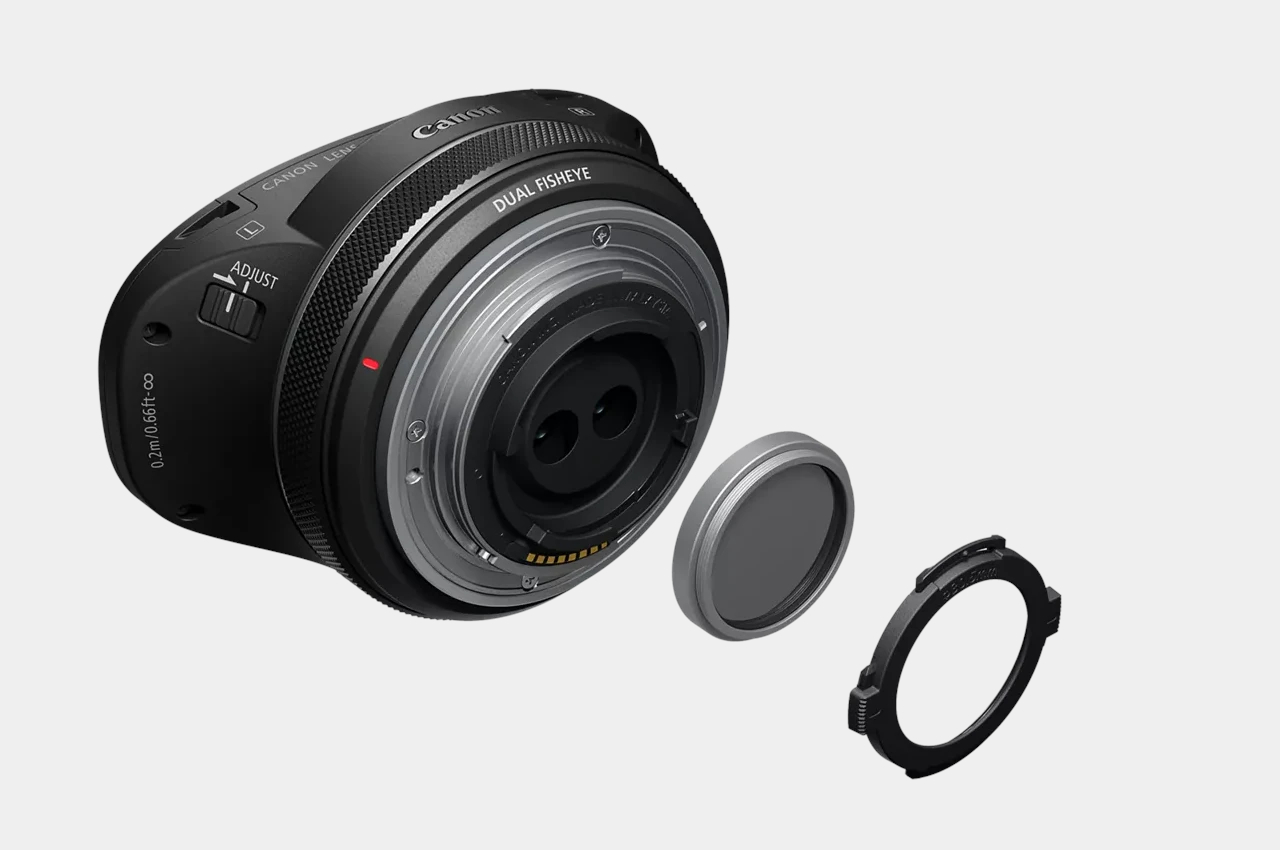
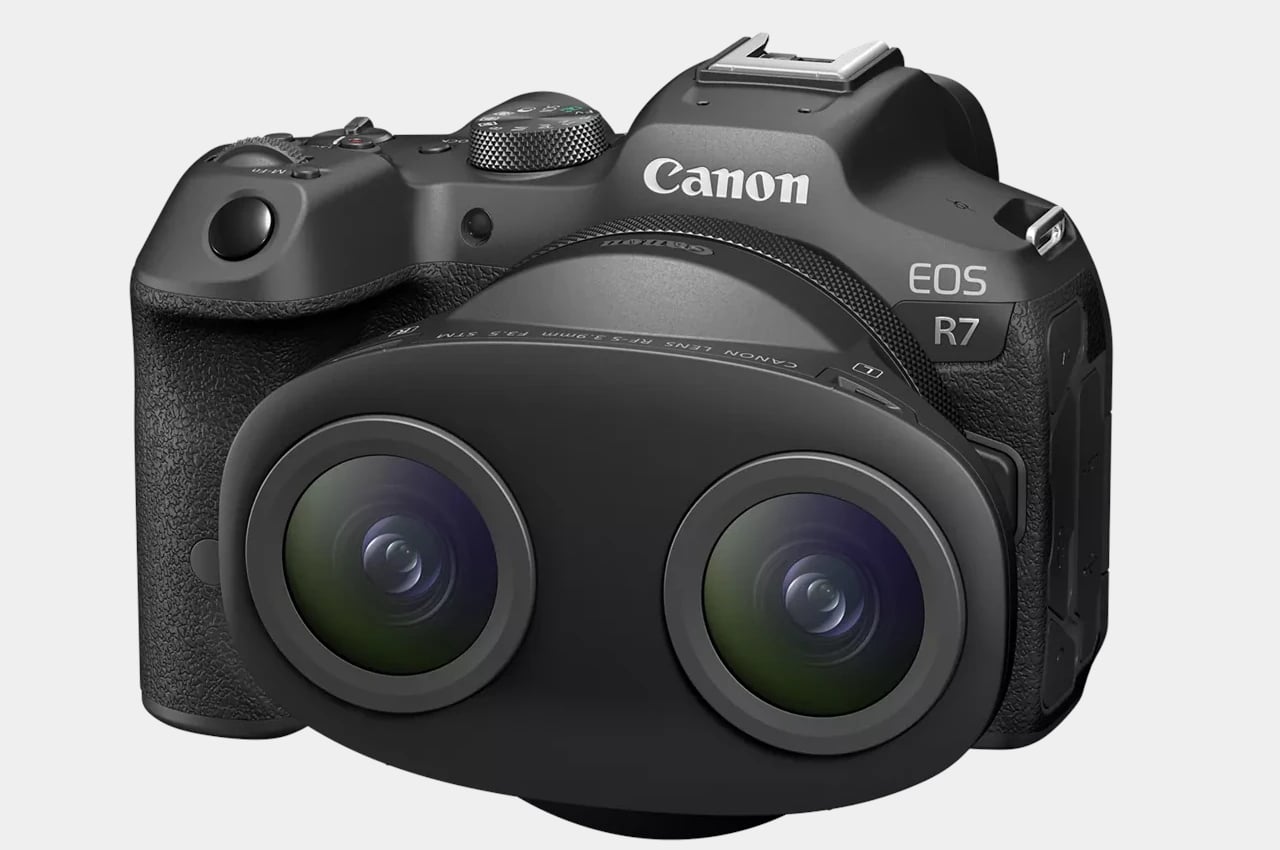
The RF-S7.8mm F4 STM DUAL lens is, of course, also compatible with Canon’s own EOS VR system, as is a slightly odder RF-S3.9mm F3.5 STM DUAL FISHEYE lens, also for the Canon EOS R7. As the name implies, the lenses for this module are farther apart, allowing for a wider field of vision and a deeper 3D effect. It does make your camera look weird and could potentially block easy access to the grip or buttons on the front of the camera.
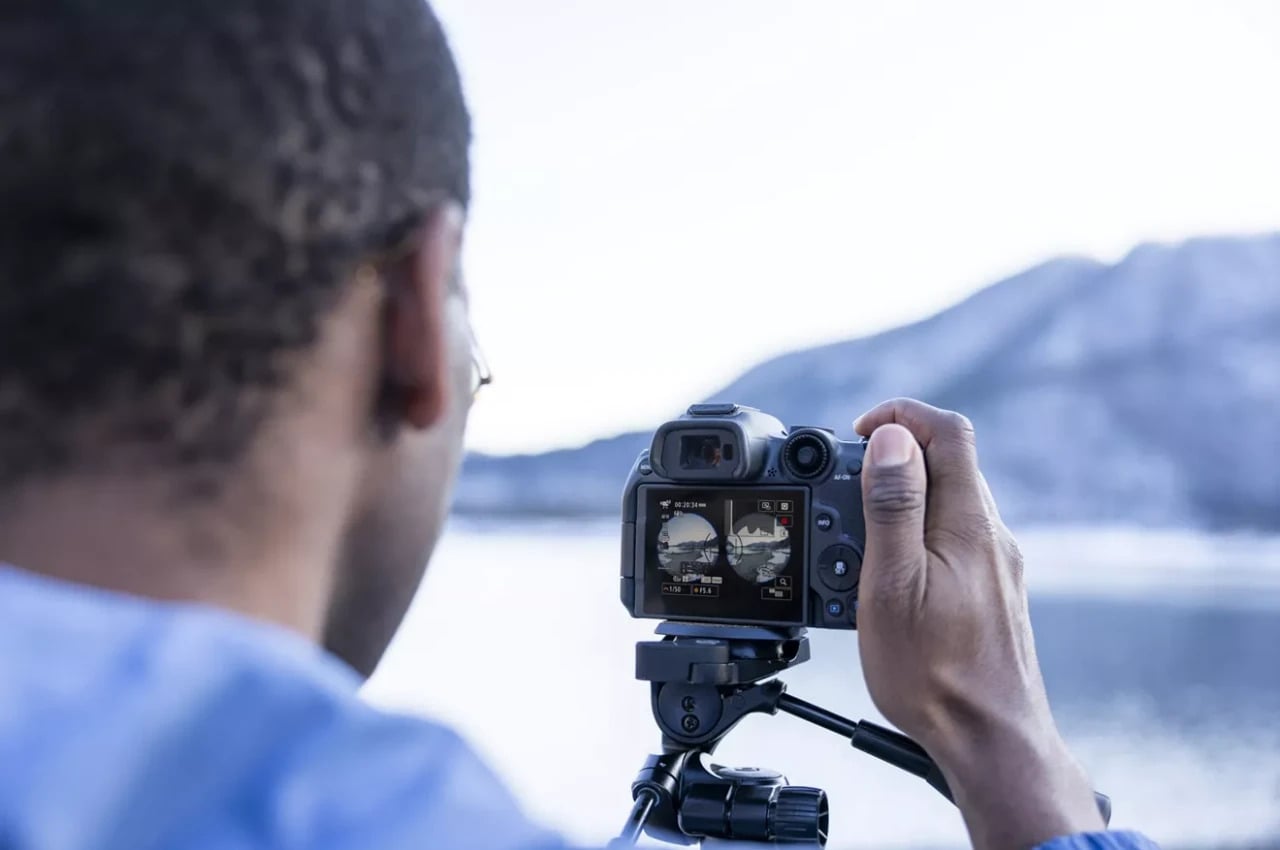
At $1,099, the RF-S3.9mm F3.5 STM DUAL FISHEYE isn’t exactly cheap, but it’s also within reach of pro content creators. More importantly, they won’t need to buy another camera and can stick to the powerful Canon EOS R7, presuming they already own this model. The price for the RF-S7.8mm F4 STM DUAL for the Apple Vision Pro will most likely be revealed closer to its launch this Fall.
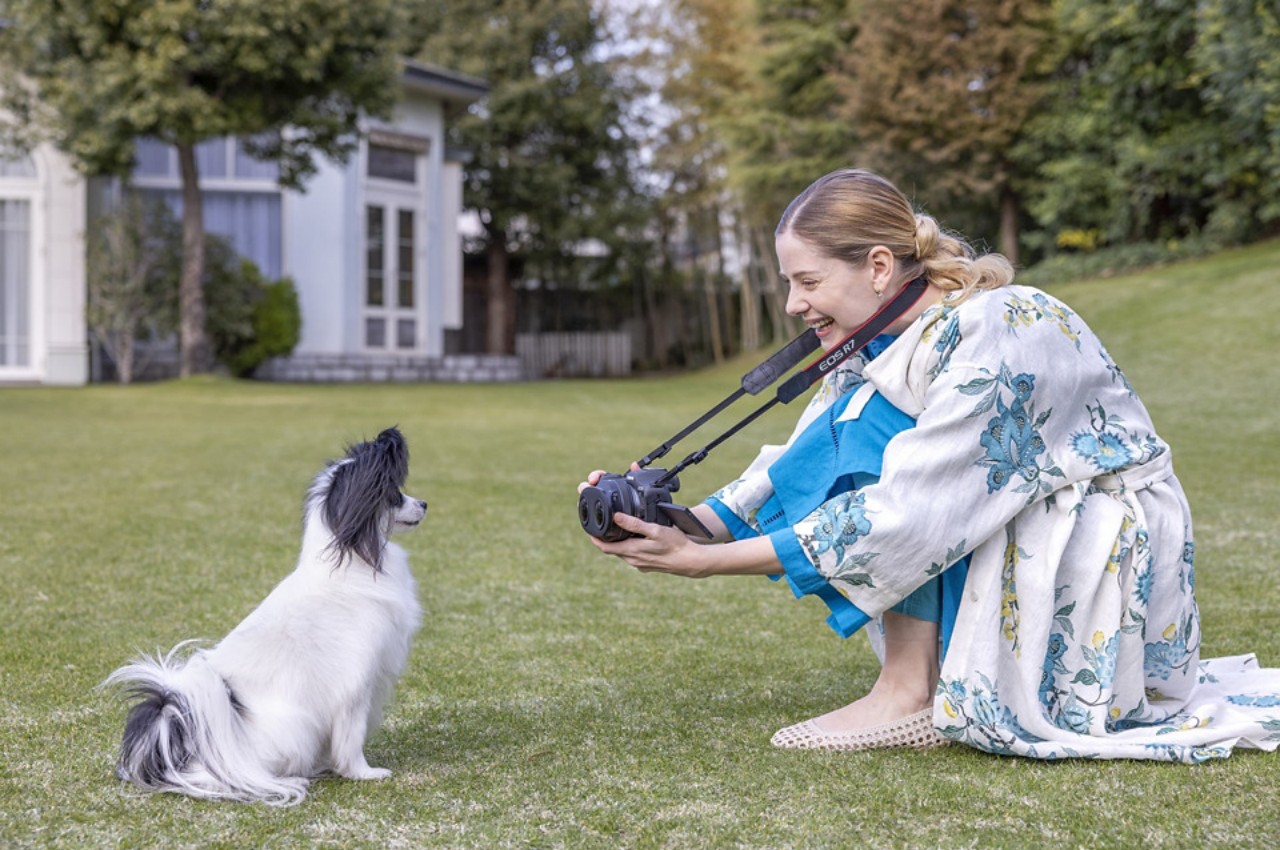
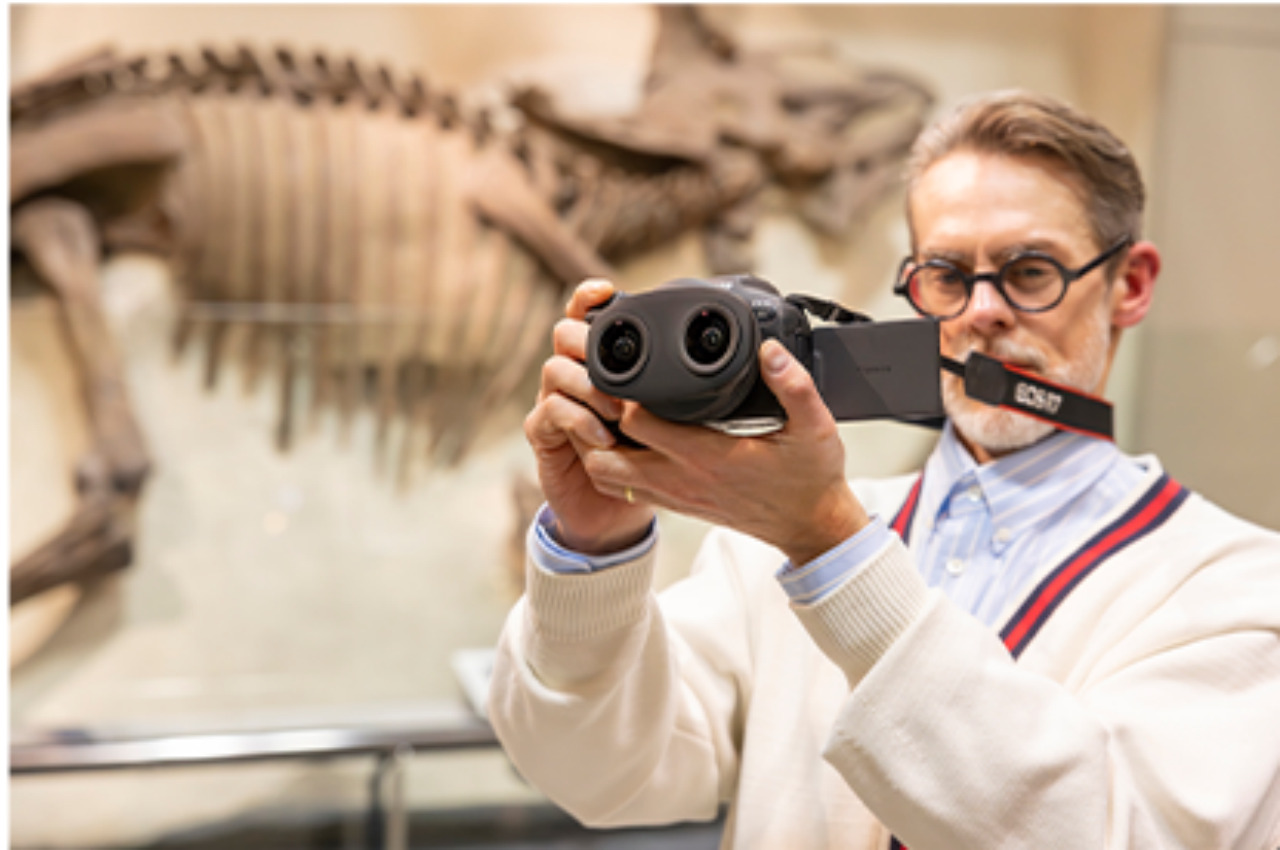
The post Canon’s quirky new lenses help you create content for Apple Vision Pro and VR first appeared on Yanko Design.
